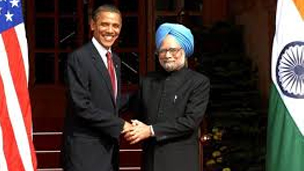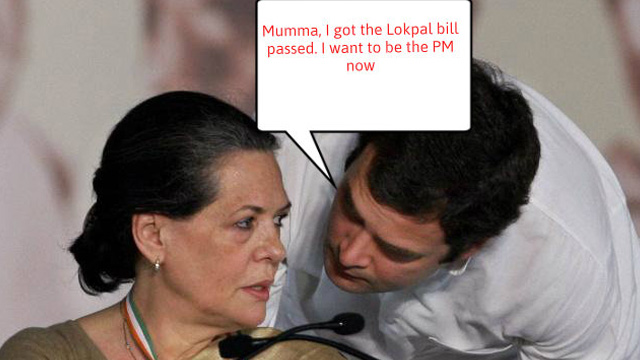Manmohan Singh and President Barack Obama vowed to make the next decade equally transformative for their relations as the last one, for India the focus at their third summit was unmistakably on terrorism emanating from Pakistan.
Even as Prime Minister Manmohan Singh and President Barack Obama vowed to make the next decade “equally transformative” for their relations as the last one, for India the focus at their third summit was unmistakably on terrorism emanating from Pakistan.
Meeting under the shadow of a terrorist attack in Samba in Jammu and Kashmir on the eve of the summit, Obama acknowledged India’s concerns over the menace of terrorism as Manmohan Singh lowered expectations from his upcoming meeting with Pakistan Prime Minister Nawaz.
While he looked forward to meeting Sharif in New York on Sunday, he told the president “the expectations have to be toned down given the terror arm which is still active in our subcontinent” and terrorists’ presence “still remain focused in Pakistan”
Affirming their deep concern over the continuing threat posed by terrorism, a joint statement not only “strongly condemned” the Sep 26 attack, but also called for Pakistan to work toward bringing the perpetrators of the November
2008 Mumbai attacks to justice.
The two leaders also stressed the need “for joint and concerted effort, including dismantling of terrorist safe havens, and disrupting all financial and tactical support for terrorism.”
They “decided to significantly expand information sharing and intelligence cooperation to address threats to their respective nations including strengthening the bilateral relationship to exchange information on known and suspected terrorists.”
Amid perceptions of a drift in their relations, the two leaders also notched up a couple of other successes with the first commercial agreement signed under their landmark civil nuclear and a pledge to expand defence relationship.
Both governments, the joint statement noted “are committed to reduce impediments, ease commercial transactions, and pursue co-production and co-development opportunities to expand this relationship.”
Noting the transformation of US-India relations during the last decade, the two leaders pledged to “make the next decade equally as transformative, challenging their governments to reach the full potential of this partnership.”
The joint statement specifically highlighted areas of security cooperation, bilateral trade and investment, energy and environment, higher education, and global architecture.
The Leaders called for expanding security cooperation between the US and India to “address 21st century challenges in the areas of counter-terrorism, cyber, space, and global health security,” the joint statement said.
Noting that two-way trade has increased fivefold since 2001 to nearly $100 billion, Obama and Manmohan Singh agreed that “there are no insurmountable impediments to bilateral trade increasing an additional fivefold.”
Acknowledging corporate America’s concerns about what they called India’s “unfair trade practices” they reaffirmed their commitment to concluding a high-standard Bilateral Investment Treaty.
Such a treaty will “foster openness to investment, transparency, and predictability, and thereby support economic growth and job creation in both countries,” they said.
Both sides also agreed to consider establishing a Joint Committee on Investment in Manufacturing “to address all trade and investment policy issues of bilateral concern so as to remove obstacles and improve the business environment in both countries.”
Given their “shared democratic values and the capabilities the United States and India have to work together across Asia and around the globe,” the joint statement said stressin that the “two countries have crossed a threshold in
their relations where both recognize that successes at home and abroad are further advanced by their cooperation.”
Friday’s summit, the joint statement said “demonstrates that the interests of the United States and India continue to converge, and this partnership will indeed be a defining one for the 21st Century.”
IANS





